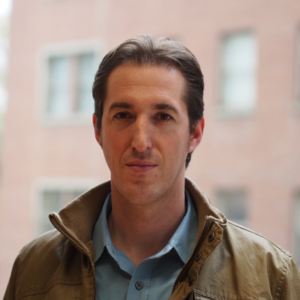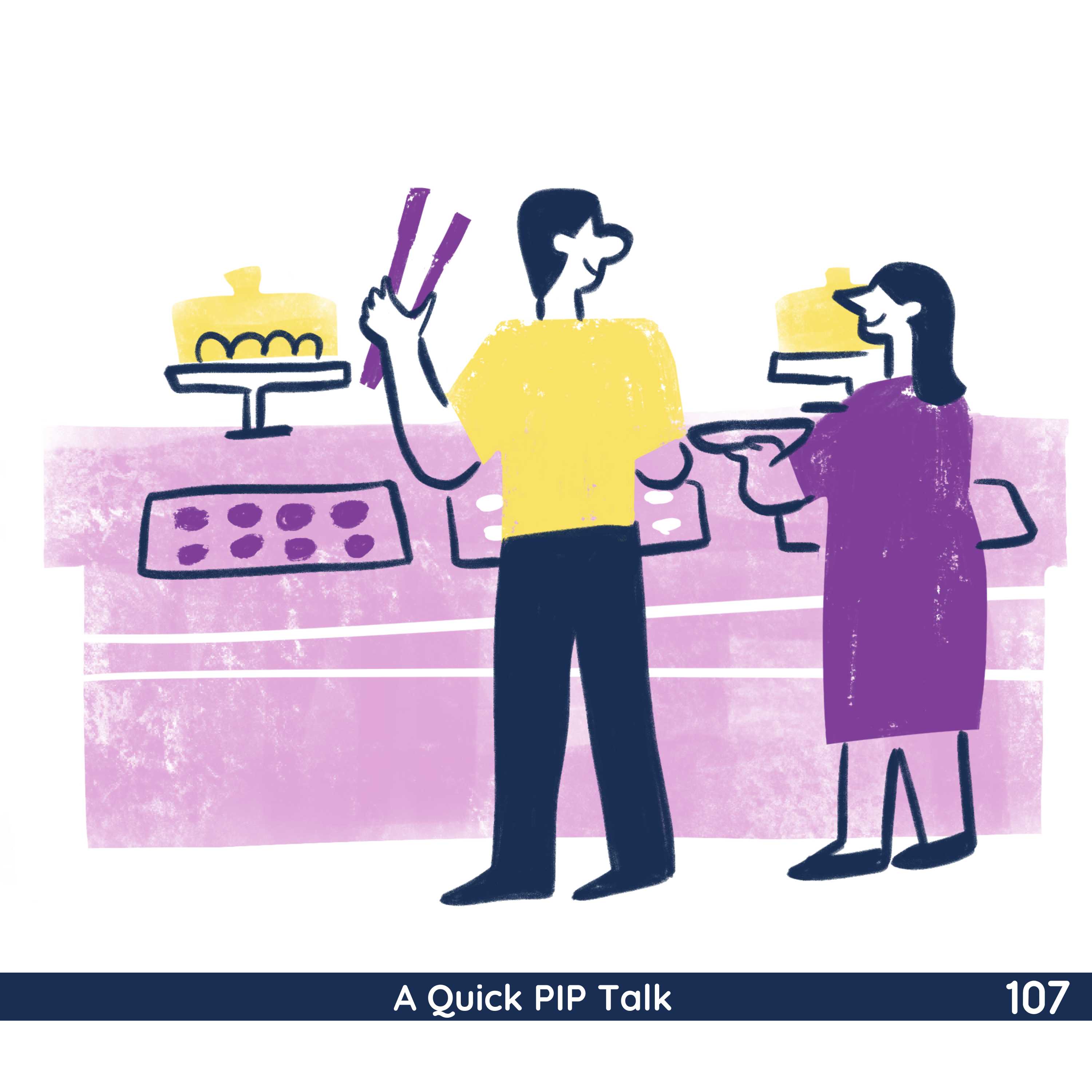Table of Contents
Credits
Hosts: Sara Dong
Guests: Maxime Billick, Isaac Bogoch
Writing: Maxime Billick
Edited and produced by Sara Dong with support from the Infectious Diseases Society of America (IDSA)
Our Guests
Maxime Billick, MDCM FRCPC DTMH

Dr. Maxime Billick is a recent graduate of the Infectious Diseases program at the University of Toronto, where much of her resident research centred around Post-Exposure Prophylaxis-in-Pocket. She is excited to start her Master in Public Health this academic year at the T.H. Chan School of Public Health at Harvard University.
Isaac Bogoch, MD

Dr. Isaac Bogoch is an Associate Professor at the University of Toronto and an Infectious Diseases specialist at the Toronto General Hospital with a focus on tropical diseases, HIV, and general infectious diseases. Dr. Bogoch works at the intersection of clinical medicine, epidemiology, public health, and policy. He divides his clinical and research efforts between Toronto and several countries in Africa and Asia. His work focuses on integrating HIV prevention strategies for marginalized communities and mitigating the impact of emerging infectious diseases such as COVID-19 and mpox.
Culture
Maxime shared her upcoming trip to Maine with family
Isaac shared the joy of being a tourist in his own city, exploring the different neighborhoods in Toronto
Consult Notes
What is post-exposure prophylaxis-in-pocket (PIP)?
- PIP is an HIV prevention strategy suitable for people who have a low number of high-risk, often unanticipated HIV exposures per year (0-4 per year)
- PIP provides an option for people whose needs may not be met by daily or event-driven HIV pre-exposure prophylaxis (PrEP) or routine HIV postexposure prophylaxis (PEP)
- This approach:
- Provides people with agency and empowerment over their HIV prevention and lower barriers to accessing drugs (as they self initiate antiretroviral drugs immediately)
- Avoids potentially long and stressful visits to the emergency department, which are a barrier to routine access to PEP after unanticipated HIV exposure
- As PIP involves identifying people before an HIV exposure occurs, it allows for connection to social workers or community based practitioners to help navigate potential challenges accessing medications
Prescribing PIP
- Prescribing PIP involves proactively providing 28 days of local guideline-approved HIV postexposure prophylaxis so that people may self initiate medications after a potential HIV exposure
- Those using PIP are counseled on when to self-initiate medication after a potential exposure and how to follow-up with care within the first week of antiretroviral drug use on a less urgent basis
- Support patients to fill the prescription and have on hand at home
- Advise them to start within 72 hours (and as soon as possible) of a potential exposure
- Follow-up in clinic within 7 days of a potential exposure
- Baseline testing should include:
- CBC, serum creatinine, liver enzyme testing
- Screen for sexually transmitted infections, including syphilis, chlamydia, and gonorrhoeae (in the pharynx, rectum, and urine)
- Screen for HIV infection
- Screen for hepatitis A, B, and C and ensure vaccination to hepatitis A and B if non-immune
- Pregnancy testing if appropriate
- At follow-up (generally every 6 months while using PIP or sooner if a potential HIV exposure)
- Screening for HIV, syphilis, hepatitis C, chlamydia, gonorrhoeae (urine, pharynx, rectum)
- Linkage to counseling and care as appropriate
- Consider as opportunity to accommodate other sexual health needs, such as consideration of doxyPEP or vaccination for mpox and HPV
- Re-assess if PIP remains the best modality or if another option from the prevention buffet would be better suited
Key point: Constantly re-evaluate the current and near future HIV risk of your patients
Maxime and Isaac emphasized the importance of evaluating HIV risk at follow-up visits as people may change their preferred HIV prevention modality as their needs and circumstances evolve. Counsel patients that any decision made on their HIV prevention strategy can be changed based on evolving HIV risk or personal preference
Some resources/references for learning more about PIP
- WHO PEP guidelines: PIP now integrated – https://iris.who.int/bitstream/handle/10665/378221/9789240095137-eng.pdf?sequence=1
- Here is a recent tweetorial from Isaac on PIP, now that it is integrated into the newly published WHO PEP guidelines
- Billick MJ, Sheps J, Bogoch II. HIV prevention with postexposure prophylaxis-in-pocket (PIP). BMJ. 2023 Aug 2;382:e076016. doi: 10.1136/bmj-2023-076016. PMID: 37532280.
- Billick MJ, Fisher KN, Myers S, Tan DHS, Bogoch II. Brief Report: Outcomes of Individuals Using HIV Postexposure Prophylaxis-In-Pocket (“PIP”) for Low-Frequency, High-Risk Exposures in Toronto, Canada. J Acquir Immune Defic Syndr. 2023 Nov 1;94(3):211-213. doi: 10.1097/QAI.0000000000003282. PMID: 37850980.
- Billick MJ, Sheps J, Bogoch II. Post-exposure prophylaxis-in-pocket for HIV prevention. Can Fam Physician. 2024 Feb;70(2):107-108. doi: 10.46747/cfp.7002107. PMID: 38383014; PMCID: PMC11271837.
- Fox JM, Lee MJ, Fairhead CL, et al. Self-start HIV postexposure prophylaxis (PEPSE), to reduce time to first dose and increase efficacy. Sex Transm Infect. 2023;99(6):367-372. Published 2023 Aug 17. doi:10.1136/sextrans-2022-055622
- Tumarkin E, Heendeniya A, Murphy P, Placido T, Tan DHS, Bogoch II. Brief Report: HIV Postexposure Prophylaxis-in-Pocket (“PIP”) for Individuals With Low-Frequency, High-Risk HIV Exposures. J Acquir Immune Defic Syndr. 2018;78(1):20-22. doi:10.1097/QAI.0000000000001639
- Alghamdi A, Hempel A, Heendeniya A, Clifford-Rashotte M, Tan DHS, Bogoch II. HIV postexposure prophylaxis-in-pocket: long-term follow-up of individuals with low-frequency, high-risk HIV exposures. AIDS. 2020;34(3):433-437. doi:10.1097/QAD.0000000000002441
Infographics
Goal
Listeners will be able to incorporate post-exposure prophylaxis in pocket (PIP) into their HIV prevention toolbox.
Learning Objectives
After listening to this episode, listeners will be able to:
- Describe the limitations to pre-exposure prophylaxis (PrEP) and post-exposure prophylaxis (PEP)
- Define post-exposure prophylaxis in pocket (PIP)
- Identify appropriate testing for initial and follow-up visits for patients prescribed PIP
Disclosures
Our guests (Maxime Billick and Isaac Bogoch) as well as Febrile podcast and hosts report no relevant financial disclosures
Citation
Billick, M., Bogoch, I., Dong, S. “#107: A Quick PIP Talk”. Febrile: A Cultured Podcast. https://player.captivate.fm/episode/e5885354-28e8-4495-82c0-30cecc772957/


